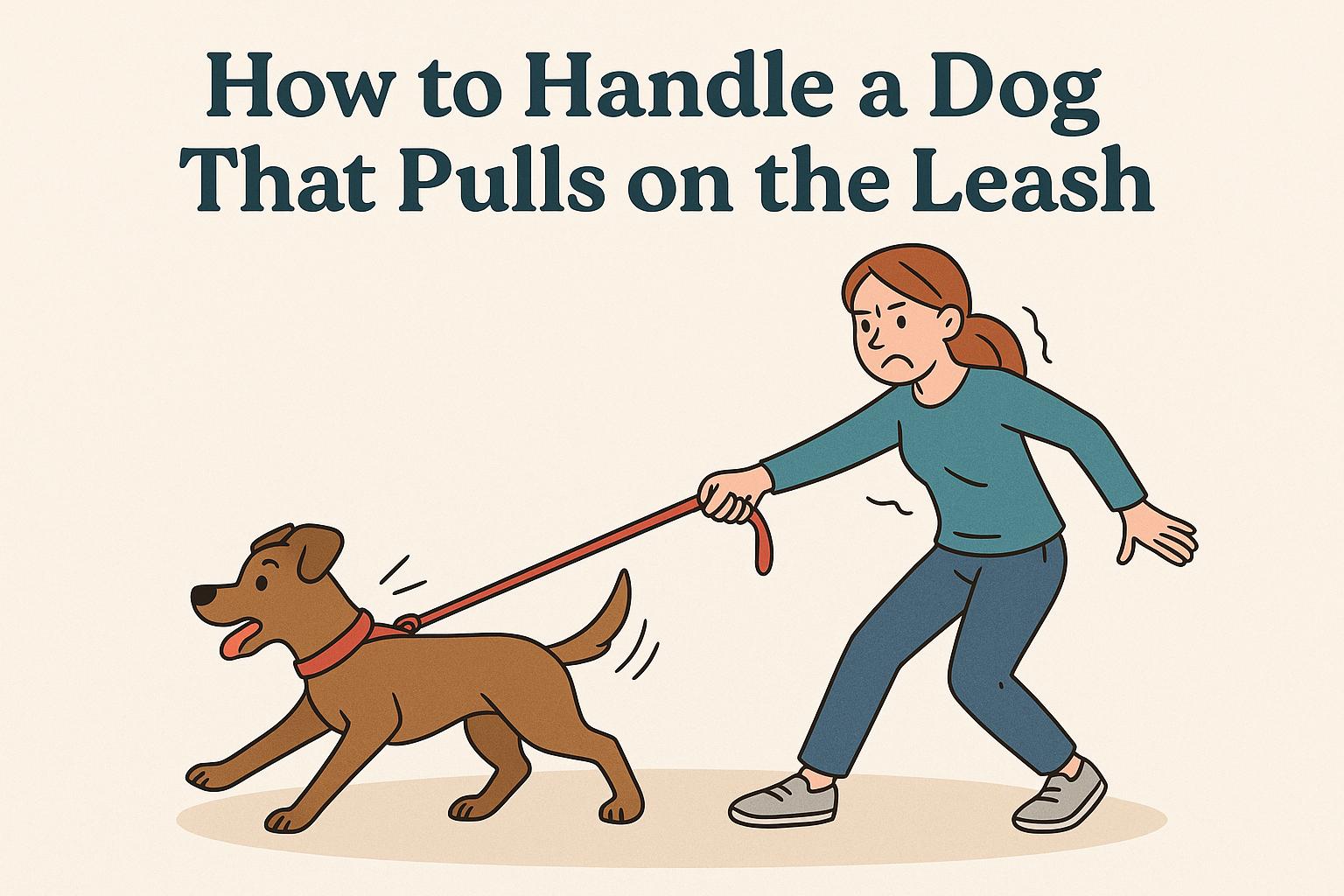
When strolling through a park or down the street, it isn’t uncommon to witness a dog pulling its owner along rather than walking harmoniously by their side. This behavior can be attributed to several factors like excitement, anxiety, or insufficient training. To effectively address this issue, it’s crucial to first decipher the root causes of this behavior. Often, dogs are driven by an eagerness to reach a destination or to explore their surroundings at a pace faster than their human companions.
To tackle the challenge of leash pulling, it’s vital to assess your dog’s individual behavior and needs. Dogs may pull due to specific external triggers such as the presence of other dogs, the sight of a squirrel, or because they are in an unfamiliar environment that they are eager to explore. By observing your dog’s actions in various settings, you can pinpoint what might be triggering the pulling, which is a key step in curbing the behavior.
In some cases, dogs may pull due to internal factors such as anxiety or a naturally high energy level. Understanding these motivations requires careful observation and a willingness to adapt your approach to suit your dog’s specific needs.
The equipment you choose for walking your dog plays a crucial role in managing leash pulling. While a standard collar might suffice for some dogs, others may benefit from equipment specifically designed to distribute pressure more evenly and give you greater control. Tools like a no-pull harness or a head collar can be incredibly helpful in addressing this behavior.
A no-pull harness is crafted with the aim of discouraging pulling behavior by applying gentle pressure across your dog’s body. The design of such harnesses ensures that if a dog tries to pull, the pressure serves as a reminder to stay close rather than forge ahead. It’s important to ensure the harness is properly fitted to be safe and effective. A harness that is too tight or too loose can cause discomfort or allow the dog to continue pulling.
Head collars, on the other hand, are tools that enable you to guide your dog’s head, thus influencing the direction in which they move. By redirecting your dog’s head, you can more easily capture their attention and encourage them to focus on you rather than external distractions. These collars must be used with care, following guidance from a professional trainer, as improper use can lead to discomfort or even injury to the dog.
Beyond equipment, the key to solving leash pulling issues lies in consistent and comprehensive training. Begin by establishing a strong foundation of basic obedience skills including commands such as “sit,” “stay,” and “heel.” Practice these skills in a controlled environment with minimal distractions to build your dog’s ability to focus and follow instructions. Once these skills are solid, gradually introduce more complex and distracting environments to challenge your dog’s obedience.
Positive reinforcement is a powerful and humane training method that involves rewarding your dog for displaying desired behaviors. Utilize treats, verbal praise, or their favorite toy as rewards whenever they walk calmly without pulling. To ensure success, provide the reward immediately after the desired action to strengthen the association between the behavior and the reward.
The stop-and-go method is a straightforward yet effective technique to address pulling. Whenever your dog starts pulling on the leash, stop walking and wait for the leash to slacken. Once your dog eases the tension on the leash, continue walking. This method helps convey the idea that pulling halts forward movement, teaching the dog that walking calmly by your side is far more rewarding.
To make walks more unpredictable and encourage your dog to pay closer attention to you, incorporate sudden direction changes whenever your dog begins to pull. By doing so, you compel them to keep an eye on your movements rather than what lies ahead. This fosters a stronger connection between you and your dog as they learn to synchronize their pace and direction with yours.
In cases where progress seems stagnant, or if your dog continues to pull despite your best efforts, it might be wise to consult a professional dog trainer or behaviorist. These experts can analyze your specific situation and create a tailored training plan suited for your dog’s individual needs.
When seeking professional help, it’s prudent to choose accredited trainers or behaviorists. Organizations like the Association of Professional Dog Trainers and the Certification Council for Professional Dog Trainers maintain directories where you can locate certified professionals in your area. Utilizing these resources can connect you with trainers who employ evidence-based methods to address leash-pulling and other behavioral challenges.
Taking a methodical and patient approach to addressing leash-pulling will not only improve your dog’s walking behavior but will also strengthen the bond between you and your four-legged companion. Successful training is built on patience, consistency, and an understanding of your dog’s unique temperament and needs. Through time and practice, walking with your dog can become a mutually enjoyable experience, free from the strain and stress of constant pulling.